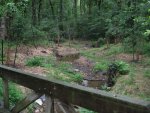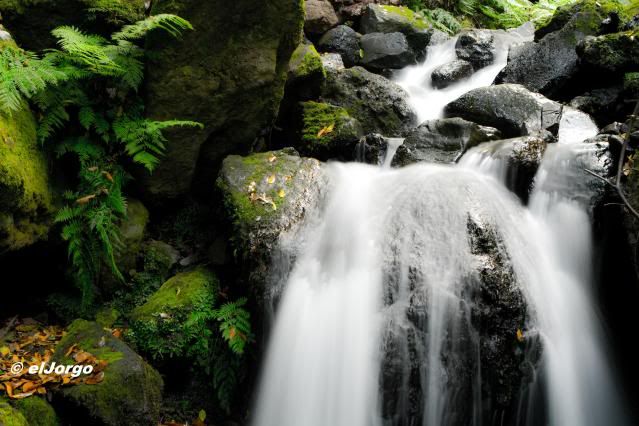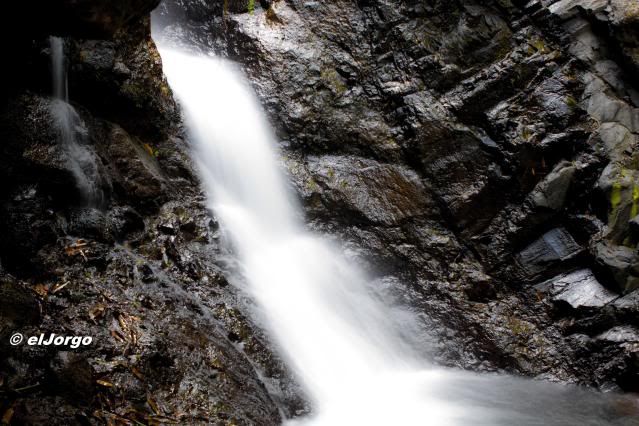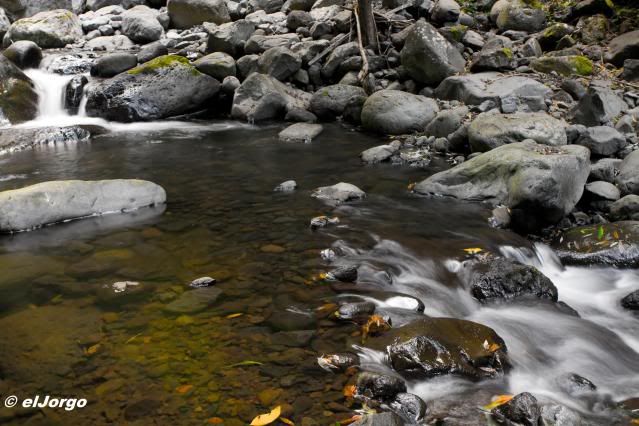Martin21114
New member
I live right by a fast moving stream in Maryland that has crystal clear water and tons of fish, but I never see any amphibians. The stream ranges in depth from about an inch to a foot, with a couple of deeper (small, 2-3 feet deep) pools where there are waterfalls. the ares is surrounded by forest and home to LOTS of wildlife and i have seen hawks, raccoons, foxes, coyotes, deer, etc...
Our native amphibian species can be seen here:
Salamanders & Newts - Discover Maryland's Herps - Wildlife and Heritage Service - Maryland Department of Natural Resources
and include tiger, marbled, jefferson, spotted, dusky, eastern mud, northern red, 4-toed, green, and red-backed salamanders.
Despite hours of looking I have neither seen any of these salamanders, nor any toads, frogs, newts, tadpoles, etc....
Are these guys that rare now? Is this just the wrong habitat or time to be looking? which species am I most likely to find in and around a medium to fast stream? What about at the lake?
Our native amphibian species can be seen here:
Salamanders & Newts - Discover Maryland's Herps - Wildlife and Heritage Service - Maryland Department of Natural Resources
and include tiger, marbled, jefferson, spotted, dusky, eastern mud, northern red, 4-toed, green, and red-backed salamanders.
Despite hours of looking I have neither seen any of these salamanders, nor any toads, frogs, newts, tadpoles, etc....
Are these guys that rare now? Is this just the wrong habitat or time to be looking? which species am I most likely to find in and around a medium to fast stream? What about at the lake?






